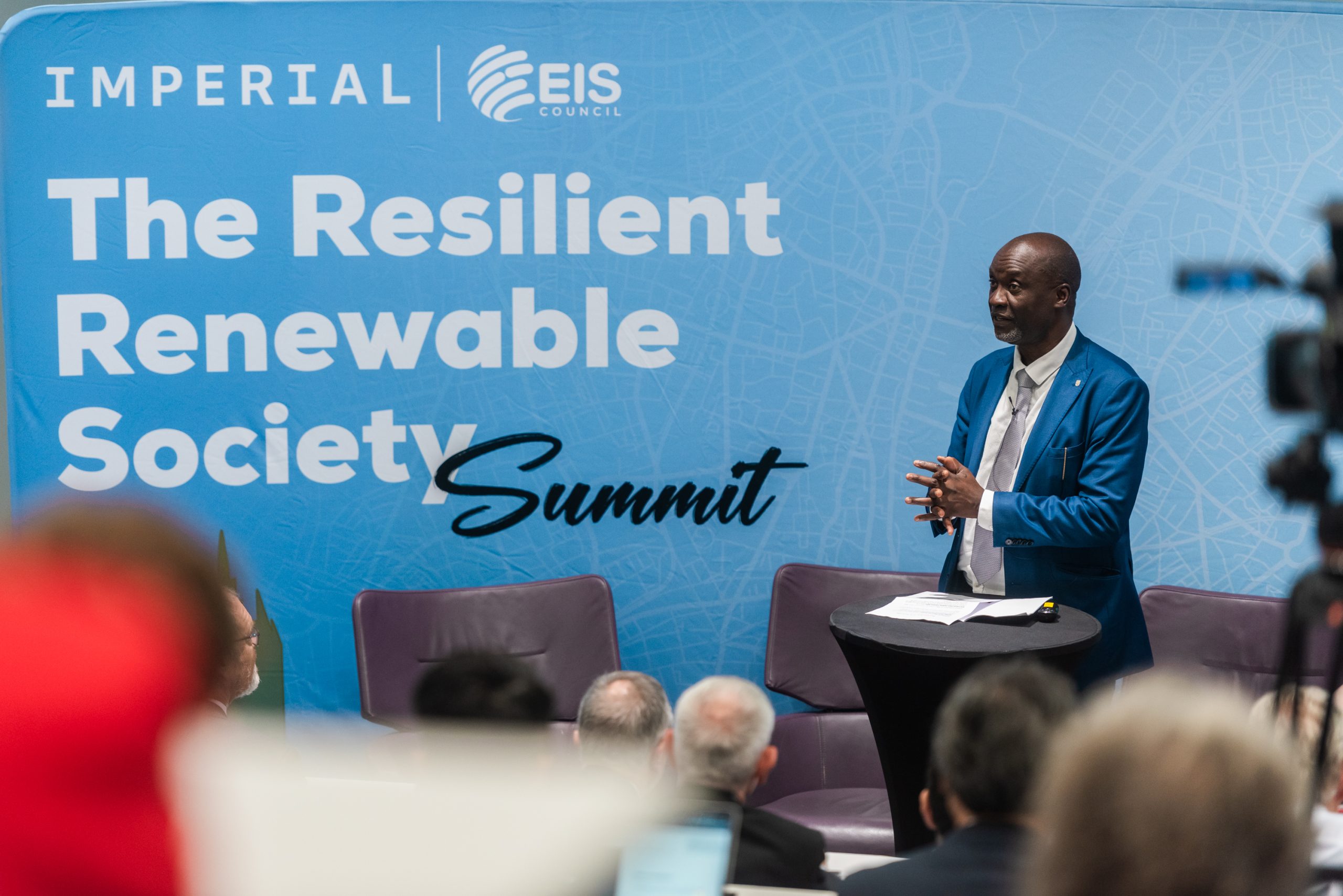On 23-24 September 2024, Imperial College London’s Institute for Security Science and Technology (ISST), Department of Civil and Environmental Engineering and EIS Council hosted the Resilient Renewable Society (R2S) Summit. Emily D’Agostino, a student in the MSc Security and Resilience: Science and Technology 2024/25 cohort, attended the event and shares her insights.
Until a few weeks ago, I was a cybersecurity engineer with the United States Federal Government, responsible for the security of a suite of APIs within the DevOps cycle. I very recently paused my career in federal cybersecurity, moving from the United States to London to pursue the MSc in Security and Resilience: Science and Technology with the Institute for Security Science and Technology (ISST) at Imperial College London.
Furthering my cybersecurity career
I chose to pause my career in favour of postgraduate education because I ultimately seek to become an industry leader in cybersecurity standards, which will require a strong understanding of constantly evolving technology to effectively create secure governance. This programme will strengthen my understanding of cybersecurity technologies, bridging my foundational gaps through taught disciplines, solidifying my foundational education before I am trusted to lead in the industry.
In addition, as an American cybersecurity professional, I have only practiced cybersecurity from an American perspective, with American technologies, regulations, and frameworks. As a global issue, cybersecurity governance deserves a well-rounded understanding, deriving from diverse viewpoints. An international study of this discipline will achieve a multifaceted understanding, representative of the ubiquity of cybersecurity governance.
Beyond cybersecurity
Prior to starting the course, I attended the Resilient and Renewable Society (R2S) Summit to familiarise myself with the current landscape of security and resilience, as well as hear from the field’s leading experts. This event not only provided an excellent networking opportunity, but also allowed me to meet current and prior students of the same discipline, my future professors, and gain valuable insights into their research and perspectives. The R2S Summit introduced me to concepts of environmental, political, electrical, and infrastructural resilience, which broadened my understanding of security and cybersecurity during catastrophic scenarios.
Coming from a technology background, I often lack consideration of the physical infrastructure which supports our technical systems. Without a resilient physical foundation, our networks and the digital capabilities they enable would not exist. In federal cybersecurity, a resilient and renewable society translates to strong, impenetrable national defences against domestic terrorism and state-sponsored attacks, among other threats. With the increasing prevalence of cyber warfare, it is more critical than ever to consider the necessary precautions to safeguard national security, especially during catastrophic events.
Highlights from the event
I found Professor Washington Yotto Ochieng’s (Interim Director, ISST) discussion particularly interesting. Professor Ochieng spoke about the increasing reliance on intelligent machines and the associated risks. Maintaining the systems which power these intelligent machines, Professor Ochieng presented how disruptions due to extreme weather events, software failures/incompatibilities, or political instability could lead to downstream disastrous outcomes in our current technology-dependent world.
Later, Dr Shlomo Wald (Chief Executive Officer at TAW) presented the resilience challenges faced by the Jordan Valley. This region, grappling with both climate change and political conflict, has an urgent need for regional collaboration through fully automated microgrids to improve access to electricity and the internet.
I am humbled by the opportunity to pursue the MSc in Security and Resilience: Science and Technology at Imperial College London, where I will study and research the future of security and resilience of this constantly evolving world. As reliance on Cyber-Physical systems grows, as does the corresponding attack surface. At Imperial, I aim to engineer resilient technology and strategies that can withstand present and future threats, technological advances, environmental changes, and geopolitical instability for a safer, more secure future.
